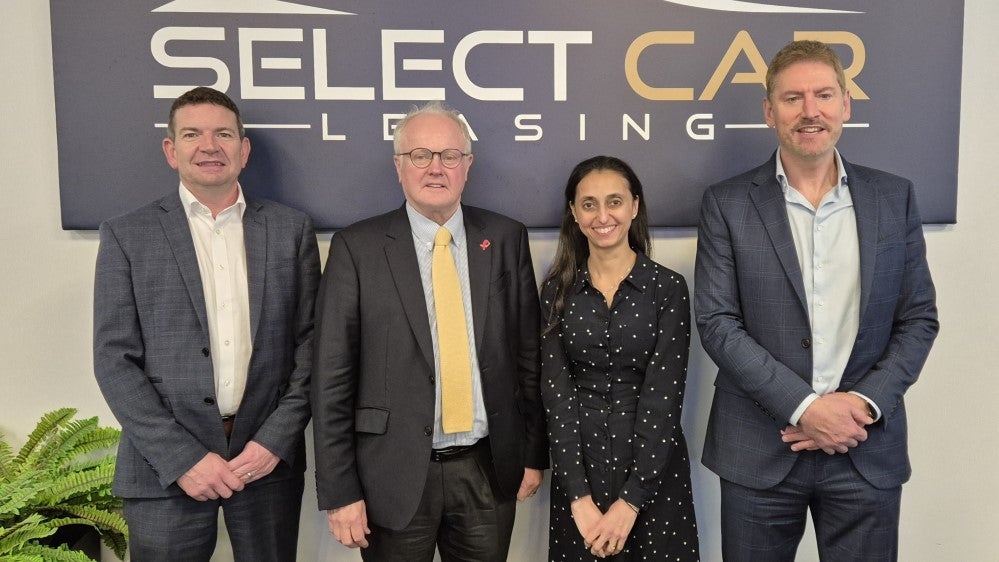Peter Cooke looks at
what dealers and finance providers can do to maximise
profit.
In a few years the motor
finance industry has moved from feast to famine in terms of
funding. The response has to be to make better use of what’s
available, or to find ways to stretch available funding to embrace
more vehicles.
Sales have slipped for new
units and used units. To the dealer, that means fewer
opportunities, unless the vehicle mix can be increased, which is
unlikely. At the same time, the base rate has stayed at
historically low levels for two years, though it bears little
resemblance to the rates which dealers and end-users actually
pay.
We need to ask what the
finance source can do to assist the dealer in achieving better
value from the funds they are willing to commit to the motor trade.
We should look at whether finance sources should pursue the same
historic mix of end-user customers and products as they pursued
three or four years ago.
We need to understand how the
market has changed. Not long ago, civil servants were preferred
clients. This is less true today, and our approach must reflect
this.
How well do you really know your competitors?
Access the most comprehensive Company Profiles on the market, powered by GlobalData. Save hours of research. Gain competitive edge.

Thank you!
Your download email will arrive shortly
Not ready to buy yet? Download a free sample
We are confident about the unique quality of our Company Profiles. However, we want you to make the most beneficial decision for your business, so we offer a free sample that you can download by submitting the below form
By GlobalDataWe should look for new market
segments that have developed recently – whether in magnitude or
payment profile terms – which have specific finance requirements.
Equally, we should review traditional ‘no-go areas’.
Emerging market opportunities
may not be areas that finance sources have traditionally sought.
For instance, we should ask whether those who are at risk of losing
their jobs, or who may even be out of work, are such a bad risk.
Equally, we need to look again at retiring baby boomers. Perhaps
new policies are needed, supported by appropriate
training.
The message from dealers to
finance sources is clear– be in touch with our markets because
times are changing. Those markets might not exactly make
underwriters jump for joy, but every risk is manageable provided
you understand it.
To prioritise the sale of a
commodity value-added product, like money, is a challenge when
those funds are rationed, yet rates are highly transparent, with
increasing numbers of comparison sites.
We must enhance
communications. The dealer needs to know what the finance provider
wants and how rules and policies are changing. Equally, the finance
company needs dealer feedback about what their clients want in
terms of borrowing capacity and profile.
The author is professor
of automotive management at the University of
Buckingham







